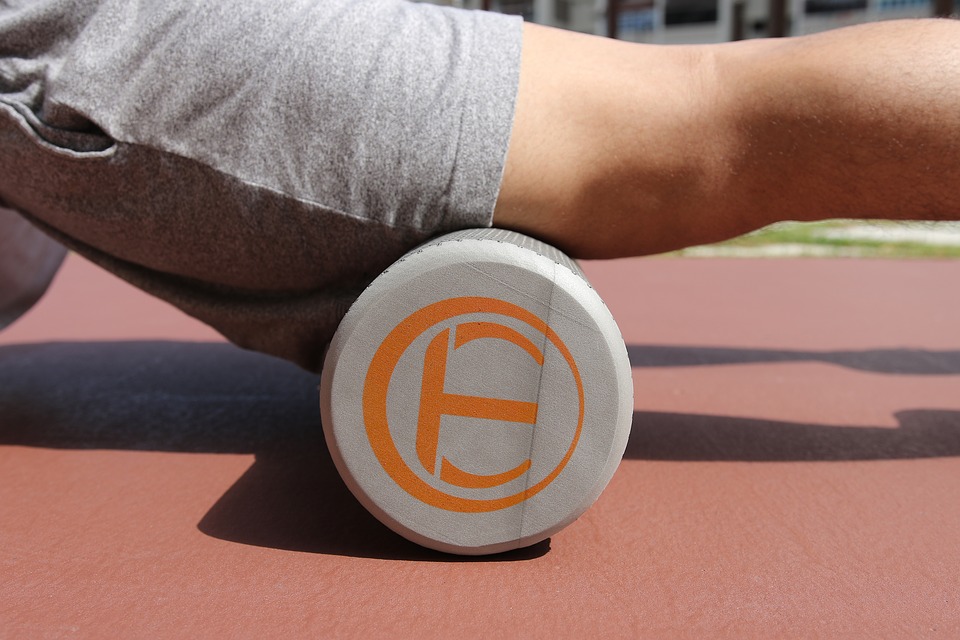There are countless elements of the human body and they all function together in harmony. One of the biggest elements of the human body is fascia. Fascia is the connective tissue throughout your body that gives your body strength, shape, functionality and support. Did you know that fascia covers more area throughout your body than your skin does?
“What many people don’t know is that because of its many sensors for movement, position, tension, pressure, and pain, fascia is our largest sensory organ, covering more area than our skin,” states Susanne Linecker, who works as an occupational therapist in hand rehabilitation and in-patient rehabilitation in orthopedics and neurology.

With that much surface area, it seems that fascia should be getting a good amount of attention from us on a regular basis.
So what are the facts about fascia? What kinds of attention should fascia be getting?
Well fascia, like a muscle, should be trained consistently.
There are four different ways that you can train your fascia for optimal performance and results. These are stretching, rebound elasticity, proprioception training (aka balance/coordination training), and facial release (aka foam rolling or massage).
Let’s take a deeper look at all of these methods…
Stretching

Stretching is always a good thing to do. It helps ease tension in muscles and release stress, both physical and mental. When stretching fascia, it is recommended to look at the body as a whole, rather than stretching like you would with individual muscles. A great way to get a nice deep stretch across the majority of the fascia in your body is to simply go from the top down. Start in a standing position and literally roll yourself forward toward the floor slowly and evenly. You should feel a nice even stretch all along your neck, spine, hamstrings, and calves as you reach to the floor. To engage the fascia along the sides of your body, simply twist from side to side while reaching toward the floor. You can also do this with one foot on a chair, keeping your back and leg straight, if reaching to the floor is too much. Doing this a few times in a row with elongate the fascia along your entire backside and leave you feeling looser and more relaxed.
Rebound Elasticity
This is a fancy term for jumping or bouncing. Many exercises require a certain amount of jumping or bouncing to perform them. Running is specifically one that requires a certain amount of elasticity. With each step, the fascia in your body flexes as your foot pushes off the ground. If your fascia is tense and tight it can make running or any other quick release exercise uncomfortable. Therefore, in order to keep it in top shape and you feeling your best, it is important to train accordingly. Doing a series of jumps, high-knees, or butt kickers before running will stimulate and warm up the fascia leading to a safer and more comfortable run.
Proprioception Training
What the heck is proprioception training? While it’s a mouthful, proprioception training is the technical term for balance or coordination training. Balance training is a great way to keep your fascia tissue in tip-top shape as it engages the stability muscles and ultimately builds strength and protects your muscles and connective tissue which reduces the risk of injury. Balance training forces your muscles to engage on a multifunctional scale as it engages all of the smaller, connective tissues with the muscle. Yoga is a great example of proprioception training as it requires concentration and balance while executing and holding different poses and also incorporates the importance of breathing to foster both physical and mental balance.
Fascial Release
This is a basic term for targeted massage of the fascia tissue. It can be achieved in a number of ways, whether with self-massage, using rubber or tennis balls, or with the most well-known method of foam rolling. This technique targets the muscles and fascia directly and forces the exchange and movement of fluid within the tissue. This can help to release toxins from the tissue and can relieve stiffness and adhesions. A lot of people make the mistake of rolling or massaging too quickly, that can actually be counterproductive and lead to the muscle tension increasing. When using self-massage, balls or foam rollers the best technique is to use slow, steady movement where equal pressure is being applied across the area. Fascia responds the best to slow, steady, melting pressure to really work out the tension and move the fluids fully. A good foam rolling session generally targets each area for 5 minutes at a time.
Most of the time when working out the main focus is on either cardio or strengthening the muscle. Fascia can often time be an afterthought. While it may not be what makes us look strong and fit, it plays an integral part in our overall function and well-being and can also keep us going strong and protect us from injury. So next time you’re in the gym, don’t neglect this key component to your overall health. Give your fascia some much-needed attention and love. You’ll be happy you did!
About The Author:
Daniel Smith is a Perth based cycling and fitness enthusiast with extensive experience in recovery training and therapies for amateur and professional athletes.




